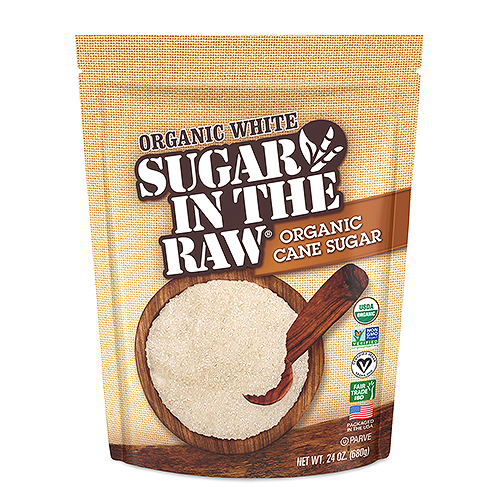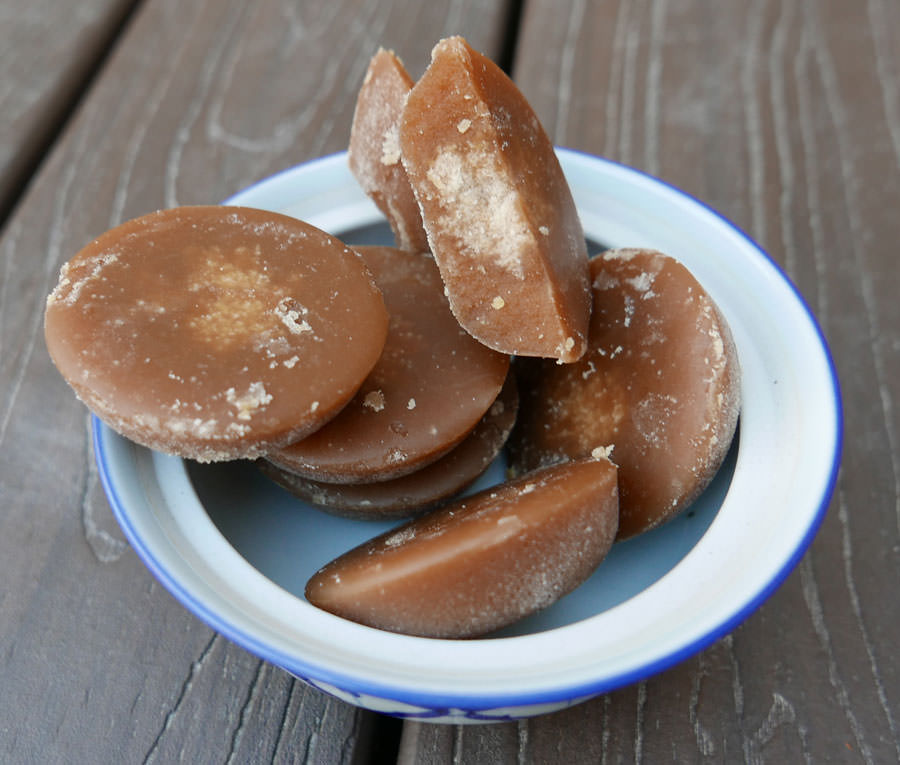The Journey of Cane Sugar Processing: From Harvest to Crystals
Exploring the Comprehensive Tips Associated With Walking Stick Sugar Handling From Gathering to Improvement
The procedure of walking stick sugar production includes a series of complex steps, starting with the cautious harvesting of sugarcane and finishing in the refinement phases that guarantee the final item meets market criteria. Each phase, from the removal of juice to the purification and condensation procedures, plays a vital role in establishing the quality and personality of the sugar. Comprehending these phases not just highlights the complexity of sugar manufacturing but likewise elevates essential concerns concerning efficiency, sustainability, and advancement in the industry. What implications do these factors have for future methods?
Gathering Sugarcane
Gathering sugarcane is a crucial action in the cane sugar processing chain, as it straight influences the high quality and return of the end product. Correct timing and strategies are essential during this stage to make certain ideal sugar web content and lessen losses. Normally, sugarcane is gathered when it reaches maturation, generally 12 to 18 months after growing, defined by a high sucrose concentration.

Post-harvest, the sugarcane must be refined promptly to stop sucrose deterioration. Preferably, gathered walking stick ought to be transferred to processing facilities within 1 day to protect sugar quality. Therefore, reliable logistical preparation is crucial to keep the stability of the gathered plant throughout the supply chain.
Removal Process

The crushed walking cane undergoes a series of pressing procedures to maximize juice recuperation. Typically, warm water is sprayed onto the smashed walking cane, producing a countercurrent flow that aids dissolve the sugar while additionally assisting in the extraction process. The juice accumulated from this operation contains not only sugar but additionally different organic substances and pollutants.

To improve removal performance, some centers may utilize diffusion techniques, where the sugarcane is taken in warm water, enabling the soluble sugars to diffuse right into the liquid. The resulting juice, rich in sucrose, is then directed to subsequent processing phases, laying the structure for purification and improvement. The extraction process is thus critical in figuring out the high quality and yield of the final sugar product.
Purification Techniques
The purification techniques employed in cane sugar processing are important for transforming the raw juice right into a top quality sugar product. These methods primarily intend to get rid of pollutants, such as soil, plant materials, and inorganic compounds, which can adversely affect the end product's flavor and color.
Among one of why not try here the most typical purification techniques is clarification. This procedure entails including lime and warmth to the raw juice, which facilitates the coagulation of contaminations. The resulting precipitate is then eliminated with sedimentation or purification, producing a clearer juice. Additionally, making use of phosphoric acid can enhance the clarification process by more binding contaminations.
An additional significant strategy is carbonatation, where carbon dioxide is presented to the clarified juice. This response produces calcium carbonate, which catches remaining contaminations and promotes their elimination.
Furthermore, triggered carbon therapy may be put on adsorb any type of continuing to be colorants and organic contaminations, guaranteeing an extra refined item. The combination of these techniques effectively prepares the sugar juice for subsequent action in the refining procedure, setting the phase for the production of premium walking cane sugar.
Crystallization Techniques
After the filtration phase, the following critical action in walking stick sugar handling involves crystallization techniques, which play a crucial role in transforming the cleared up juice right into strong sugar. This process normally uses two primary techniques: spontaneous condensation and regulated crystallization.
In spontaneous formation, supersaturated sugar solutions are enabled to cool down normally, leading to the formation of sugar crystals over time. This technique permits for the consistent growth of sugar crystals and greater purity.
During crystallization, the clarified juice is focused via dissipation, check these guys out boosting its sugar web content up until it gets to supersaturation. When this point is accomplished, either method can assist in the formation process. Cane Sugar Processing. The resultant sugar crystals are after that separated from the continuing to be syrup via centrifugation
Inevitably, the selection of condensation approach impacts the high quality, dimension, and purity of the last sugar product, making this action important in the overall walking cane sugar handling treatment.
Refinement and Product Packaging
How can the purity and top quality of cane sugar be better enhanced after formation? The refinement process plays a crucial function in attaining top quality walking cane sugar.
Next, the sugar is subjected to a process called centrifugation, where it is spun at high rates to separate the purified sugar crystals from the remaining fluid. After centrifugation, the sugar is commonly additional improved through a technique called carbonization or phosphatation, which makes use of turned on carbon or phosphoric acid to remove color and off-flavors.
When improved, the sugar is dried out to achieve the desired wetness content, ensuring that it remains steady during storage space and transport. The last action includes packaging the polished sugar in moisture-proof and airtight containers to preserve its top quality and prevent contamination. Cane Sugar Processing. Appropriate packaging not only prolongs service life yet additionally assists in easy handling and circulation, guaranteeing that consumers get sugar that satisfies the greatest requirements of purity and top quality
Conclusion
The extensive steps associated with cane sugar processing, from the meticulous harvesting of sugarcane to the complex improvement and packaging stages, underscore the importance of each stage in making certain top notch sugar manufacturing. Ideal harvesting methods, efficient removal approaches, and extensive filtration procedures collectively add to the last item's purity and security. The formation and subsequent packaging techniques additionally improve the integrity and shelf life of the sugar, highlighting the complexity and accuracy intrinsic in this vital agricultural sector.
The process of walking cane sugar production encompasses a collection of elaborate steps, starting with the careful harvesting of sugarcane and culminating in the improvement stages that ensure the last product fulfills market requirements. Ideally, collected walking stick should be moved to processing centers within 24 hours to preserve sugar quality.In spontaneous condensation, supersaturated sugar solutions are permitted to cool normally, leading to the formation of sugar crystals over time - Cane Sugar Processing. The improvement process plays an essential duty in achieving high-grade walking stick sugar.The comprehensive actions involved in walking cane sugar handling, from the precise harvesting of sugarcane to the detailed refinement and product packaging stages, emphasize the importance of you could try these out each stage in making certain premium sugar manufacturing